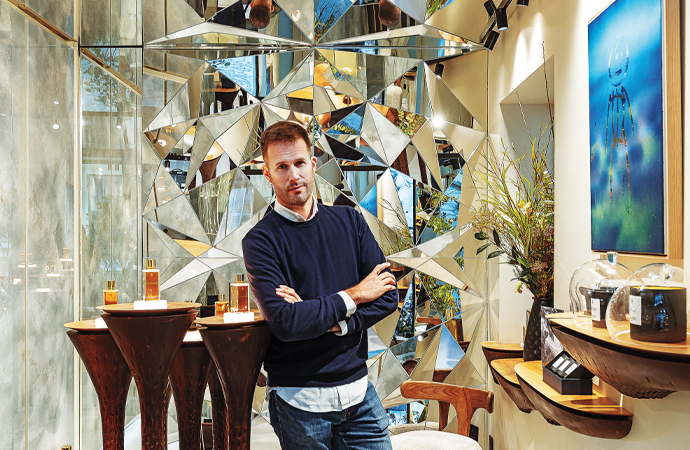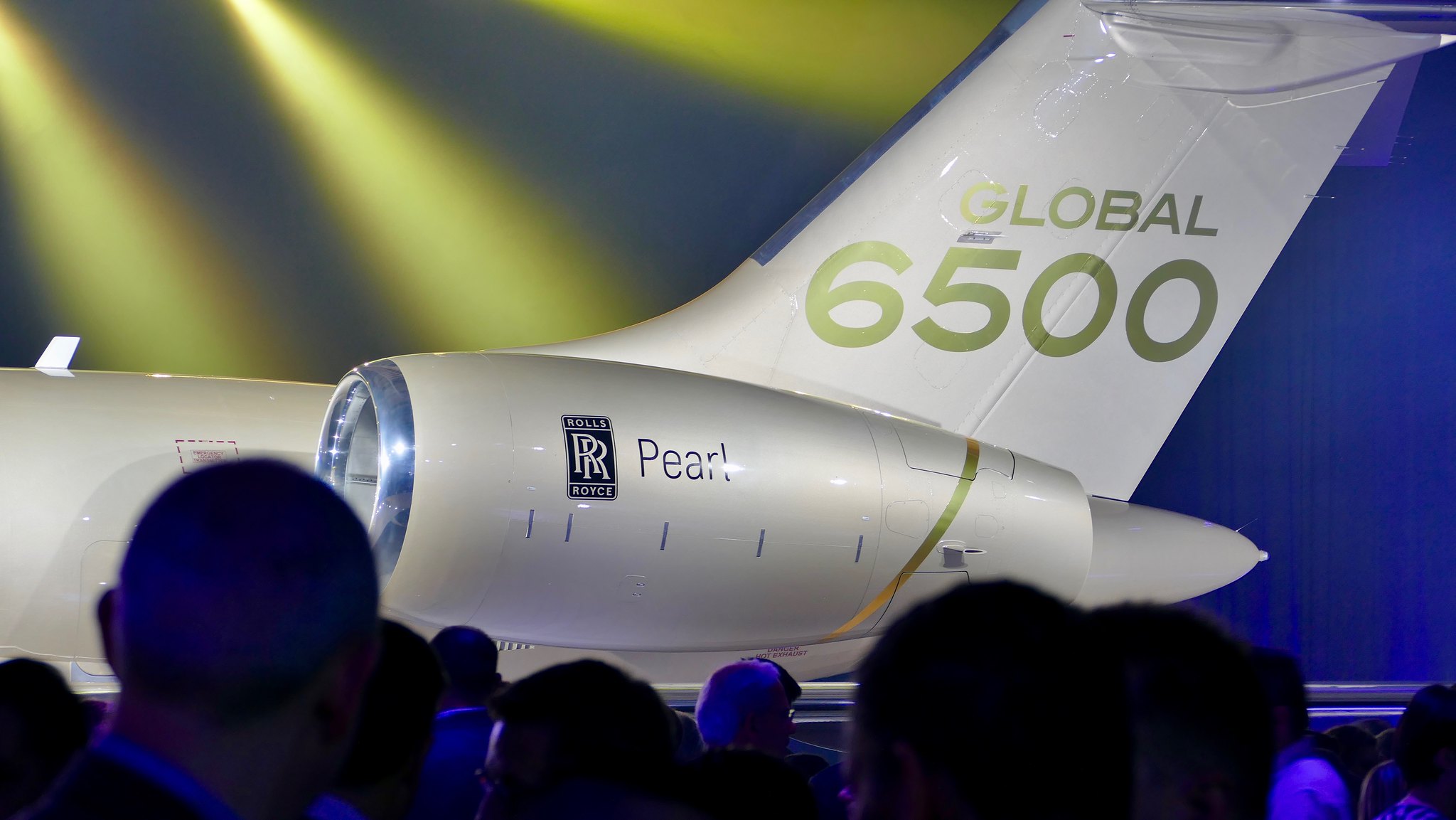Inside the World of Elite Event Planning
Meet three top designers who create unforgettable settings and experiences for corporate, charity and social occasions
by Shivani Vora
May 23, 2024

Jennifer Zabinski’s fire-and-ice party / Photo: Courtesy of Scott Clark Photography
Eight-figure weddings, celebrity-packed awards shows and other epic celebrations are all standard affairs for the elite names who dominate the event planning and design industry today. In fact, it’s not an understatement to say that these mavens are so well regarded for the unforgettable experiences they create that they’re often as famous as their high-profile clientele. But while this cadre of sought-after event planners built their careers on glitzy bashes, the corporate and nonprofit gigs they’re behind also figure prominently in their résumés.
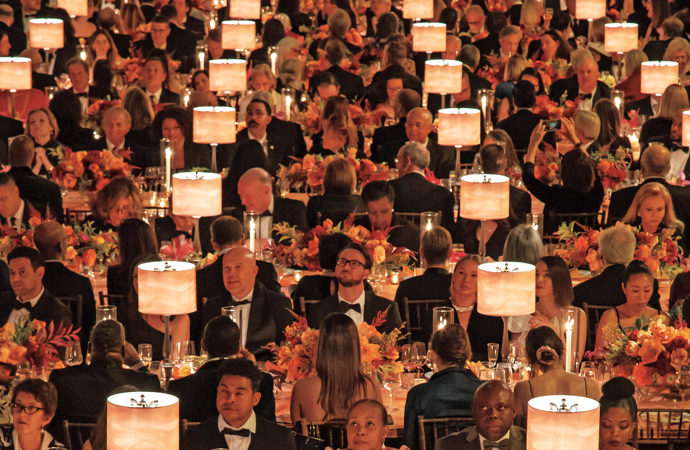
David Stark’s New York Public Library Library Lions Gala / Photo: Courtesy of Susie Montagna
Flashy these occasions generally aren’t—at least not compared to the headline-making shindigs these planners design. However, they are meaningful, especially if they’re for a cause or company that they personally connect with.
We spoke to three prominent planners—Colin Cowie, Jennifer Zabinski and David Stark—all go-tos for charitable and corporate soirees. They shared insights on how this part of their profession has evolved, the differences between company and social occasions, and stories about the most elaborate ones they’ve pulled off to date.
Colin Cowie
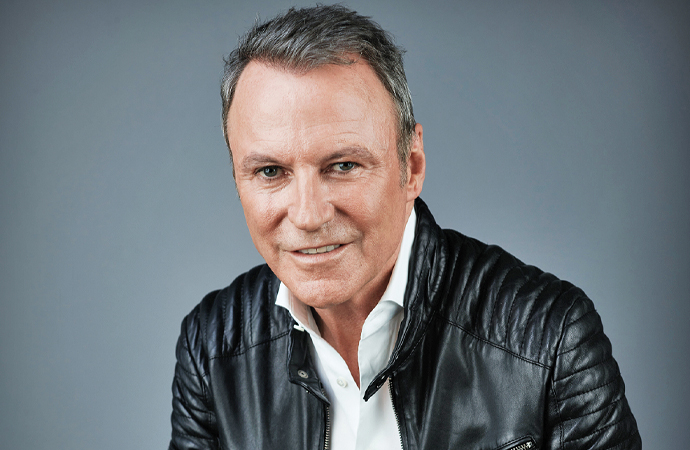
Colin Cowie / Photo: Courtesy of Christian Oth
The Zambia-born Colin Cowie has achieved a level of stardom in the world of event planning that his peers envy. Currently residing in Miami, the outsized, gregarious personality is behind countless parties that regularly make the news, including Ben Affleck and Jennifer Lopez’s wedding. He has starred on several TV shows including Race to the Altar, with engaged couples competing to win a televised wedding. He also hosted a show, Everyday Elegance With Colin Cowie, on the WE network for five years and had an eight-year stint as a lifestyle contributor on both CBS’s The Early Show and NBC’s Today.
When he’s not on the job, Cowie supports art and education causes for children and volunteers as a board member of Lalela, a charity offering art programs for underprivileged children in Sub-Saharan Africa. He also supports Ubuntu Pathways, serving needy children. On the corporate front, Cowie’s lineup of clients includes Pfizer, Salesforce, Extell, LVMH and numerous private equity firms.
Cowie says that around a quarter of the events his company plans are for corporations or charities, with the amount back up to the brisk pre-Covid pace. “Guest counts initially started smaller, but not now,” he says. “Today every charity is playing catch-up from not having fundraisers for years.”

Colin Cowie’s opening of Palm Islands Dubai and Atlantis / Photo: Getty Images
The planning process for a corporate or nonprofit event is no different for Cowie than orchestrating a social occasion. “Managing the myriad small but often incredibly impactful details can make the biggest difference between a good event and a great event,” he says. “We like to infuse the guest experience with wow moments and create an emotional connection between the guest and the event. It’s an art honed over years of crafting experiences across the globe for all types of clients and occasions. For example, at a corporate event, we might use multimedia including video mapping, projection and pyrotechnics for a wow moment to launch a new product. For the opening of Palm Islands Dubai and Atlantis, we produced the largest fireworks show in the history of pyrotechnics.”
Cowie and his team plan every detail before an event, and when it’s showtime, they simply execute their preformed plan. “This is especially important when managing larger groups so that you stay in control of the program and can continue to lead the guest journey versus the event taking on a direction of its own,” Cowie says. “We often compare ourselves to the conductor of a large orchestra. Everyone needs to follow the script, know their cues and timing, and understand when to step in and when it’s time to step back. That’s how we create the ultimate guest experience.” Gifting is also an important aspect: For a corporate or charity event, that means branded and personalized items such as totes, gift bags, pens and notepads.
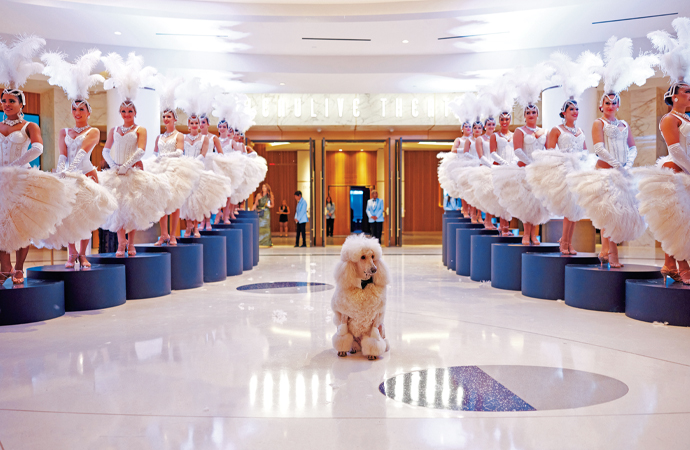
Fontainebleau Las Vegas grand opening / Photo: Courtesy of Colin Rose
Favors at social occasions, on the other hand, are often locally sourced products like cookies from a popular bakery or bars from a chocolatier in town. Items such as wine, champagne, custom candles or diffusers, monogrammed baseball caps and essentials like suntan lotion and hangover kits are also a mainstay for Cowie. “Depending on budgets and guest counts, we create gift bags with watercolor images of the venue printed on bags from designers like Anya Hindmarch and fill these with products,” he says.
Jennifer Zabinski
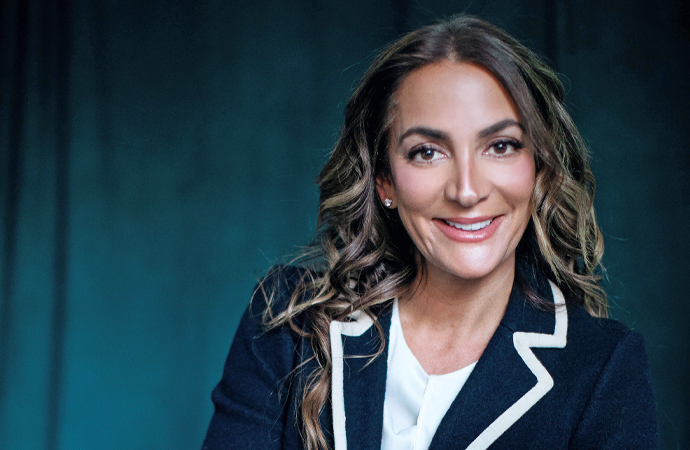
Jennifer Zabinski / Photo: Courtesy of Mel Barlow
With a résumé that includes planning Serena Williams and Alexis Ohanian’s New Orleans nuptials and Meghan Markle’s baby shower, Jennifer Zabinski is familiar with spearheading glamorous events. Today, her company has executed several hundred occasions in global destinations including Paris and Florence and unexpected locations such as an island accessible only by boat. Zabinski’s portfolio of corporate and nonprofit clients is long: There’s Adopt-a-Family, The James and Judith K. Dimon Foundation, started by the chairman and CEO of JPMorgan Chase & Co. and his wife, multiple hedge funds such as Palestra Capital Management, and many more.

Venice Wedding / Photo: Courtesy of David Bastianoni
In a post-pandemic landscape, Zabinski says these events are more elaborate and incorporate luxury hotels and resorts, immersive entertainment and highly sought-after restaurants. Her corporate and nonprofit clients have budgets ranging from $75,000 to $500,000. “Our social events, in comparison, cost anywhere from $100,000 for a 50-person party to multimillion dollars for a celebration that involves several parties held over multiple days,” Zabinski says.
While her company aims to execute a flawless event that reflects and elevates the client’s vision, she notes that nonprofit and corporate events have a different structure. “While social occasions typically revolve around one central event, the corporate events we work on are often days-long conferences that incorporate three meals a day, meetings, activities, excursions and multiple parties,” she says.
Zabinski says that her frequent events for The James and Judith K. Dimon Foundation and The Serena Williams Fund are particularly meaningful. “Both foundations work to make health care and education available for underprivileged communities, which I have always valued,” she says.
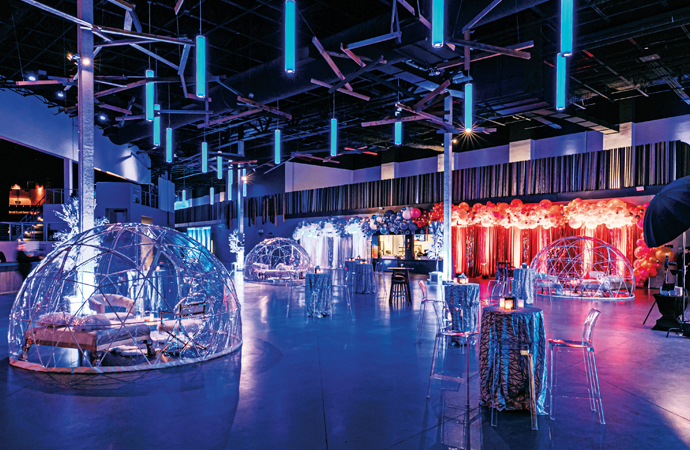
Fire and Ice Party / Photo: Courtesy of Scott Clark Photography
While her name is behind many extravagant corporate and charity events, Zabinski says that a fire-and-ice-themed party in Texas may rank as the most over-the-top. “Design elements included dividing the room into sections of various colors to denote fire and ice,” she says. “Different shades of blues, whites, reds and oranges were used, and instead of a standard escort table, we set up large wooden tree silhouettes with various colored wristbands to signify where a guest was sitting. We also had individual photobooth scenes featuring fire motifs and snowy settings, fire dancers, and greeters dressed in icy costumes. Then we had a white snowball pit and large-scale performances taking place throughout the dinner service, some of which ended with fireworks or sparklers.”
The food at the bash added another fun layer. The desserts, for example, included a churro station, crème brûlée and Push Pop bar, passed sweets and a golf cart driving around the venue offering cookies.
Covetable welcome and gift bags are another memorable feature at Zabinski’s high-end corporate events, she says. “They often include treats from local small businesses, recovery kits for the morning after, and items needed for events within the event, such as aprons for a cooking class and personalized water bottles for hikes.”
David Stark

David Stark / Photo: Courtesy of Nico Iliev
From designing the season-four premiere and after-parties for HBO’s Succession and the 40th-anniversary celebration of Saturday Night Live to collaborating with boldfacers like Brad Pitt and Glenn Close on fundraising galas and milestone occasions, glitzy events are a mainstay for the Brooklyn-based David Stark. He also counts The White House as a client and designed a state dinner in partnership with First Lady Jill Biden for India’s Prime Minister, Narendra Modi.
The nonprofit and corporate part of Stark’s business entails planning between 35 and 45 events a year for Uber, Target, God’s Love We Deliver and the Robin Hood Foundation, dedicated to fighting poverty. Stark also sits on the board of trustees for God’s Love We Deliver.
Like Cowie and Zabinski, Stark says that charity and company events are back, but with a key change: “People are actually excited to attend them,” he says. “As many offices remain partially or wholly virtual, events in the corporate sector have become brilliant opportunities to bring people together physically and forge relationships beyond those on-screen. Whether they are one-night occasions or multiday conferences, they are very well attended now and an effective way of establishing a distinctive corporate culture since it is not happening as regularly around the water cooler.”
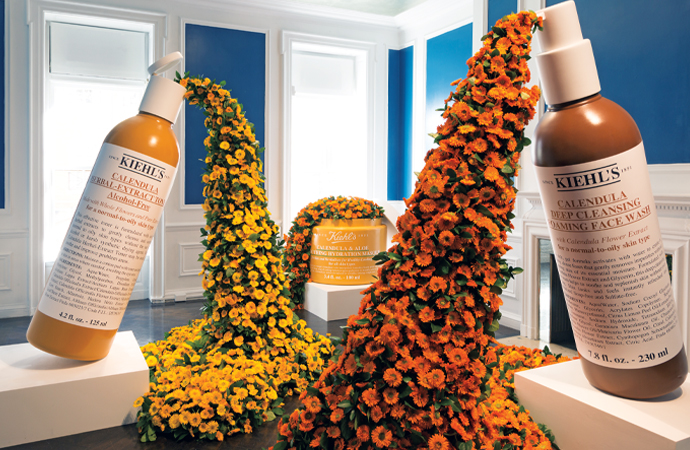
Kiehl’s Event / Photo: Courtesy of Gustavo Campos
Stark says that there is also a rise in corporate public activations, events geared to immersing the general public in a brand. “Brands are taking to the streets as well as unlikely venues, creating exciting art, music and theatrical events that are entertainment in their own right,” he says. “We saw this with Louis Vuitton’s Kusama installations where art and fashion mix, and the windows, store facades and flagship streets become must-see art experiences that draw crowds.”
Stark, who likens his work to “creating theater,” says there’s no difference between planning and designing a corporate event, nonprofit gala or wedding. Bringing their stories to fruition, however, happens in many ways.

Private Dinner / Photo: Courtesy of Susie Montagna
“Our goal is to create an experience that is just right for the story at hand,” Stark says. “I often lean on this metaphor: If we are designing a Broadway show on 42nd Street as well as one on 53rd Street, they are night-and-day different from each other. Why? Because they are completely different productions. We focus on the goals of the project, the creative ideas that make each distinctive, the logistics and budget, and we pay extra attention to infusing the experience with the personality of our clients. The commonality between corporate, nonprofit and social events is that they all need to be a reflection of the people or organizations.” Planning premiers and after-parties for television channels such as HBO comes with pressure, but Stark describes it as a collaborative process that’s fun and creative.
“With Succession, for example, we brought the Roy family’s NYC to life for the after-party, a stylized set of illuminated skyscrapers rising to various heights within Jazz at Lincoln Center,” he says. “We were inspired by the show’s key art, a kaleidoscope of contemporary glass and steel towers. The event spaces were filled with great energy and a cast and creative team ready to have a ball. We can’t manufacture that feeling, but our goal is to set the stage for it.”

